EVGA 650 B3 PSU Review: No (Fixed) Cables Attached
Why you can trust Tom's Hardware
Transient Response Tests
Advanced Transient Response Tests
For details on our transient response testing, please click here.
Ιn these tests, we monitored the 650 B3's response in several scenarios. First, a transient load (10A at +12V, 5A at 5V, 5A at 3.3V, and 0.5A at 5VSB) was applied for 200ms as the PSU worked at 20 percent load. In the second scenario, it was hit by the same transient load while operating at 50 percent load.
In the next sets of tests, we increased the transient load on the major rails with a new configuration: 15A at +12V, 6A at 5V, 6A at 3.3V, and 0.5A at 5VSB. We also increased the load-changing repetition rate from 5 Hz (200ms) to 50 Hz (20ms). Again, this ran with the PSU operating at 20 and 50 percent load.
The last tests were even tougher. Although we kept the same loads, the load-changing repetition rate rose to 1 kHz (1ms).
In all of the tests, we used an oscilloscope to measure the voltage drops caused by the transient load. The voltages should remain within the ATX specification's regulation limits.
These tests are crucial because they simulate the transient loads a PSU is likely to handle (such as booting a RAID array or an instant 100 percent load of CPU/GPUs). We call these "Advanced Transient Response Tests," and they are designed to be very tough to master, especially for a PSU with a capacity of less than 500W.
Advanced Transient Response at 20 Percent – 200ms
| Voltage | Before | After | Change | Pass/Fail |
|---|---|---|---|---|
| 12V | 12.171V | 12.042V | 1.06% | Pass |
| 5V | 5.056V | 4.936V | 2.37% | Pass |
| 3.3V | 3.319V | 3.188V | 3.95% | Pass |
| 5VSB | 5.068V | 5.021V | 0.93% | Pass |
Advanced Transient Response at 20 Percent – 20ms
| Voltage | Before | After | Change | Pass/Fail |
|---|---|---|---|---|
| 12V | 12.169V | 11.987V | 1.50% | Pass |
| 5V | 5.056V | 4.907V | 2.95% | Pass |
| 3.3V | 3.319V | 3.161V | 4.76% | Pass |
| 5VSB | 5.067V | 5.014V | 1.05% | Pass |
Advanced Transient Response at 20 Percent – 1ms
| Voltage | Before | After | Change | Pass/Fail |
|---|---|---|---|---|
| 12V | 12.169V | 11.976V | 1.59% | Pass |
| 5V | 5.057V | 4.871V | 3.68% | Pass |
| 3.3V | 3.319V | 3.216V | 3.10% | Pass |
| 5VSB | 5.068V | 5.028V | 0.79% | Pass |
Advanced Transient Response at 50 Percent – 200ms
| Voltage | Before | After | Change | Pass/Fail |
|---|---|---|---|---|
| 12V | 12.144V | 12.013V | 1.08% | Pass |
| 5V | 5.042V | 4.918V | 2.46% | Pass |
| 3.3V | 3.309V | 3.179V | 3.93% | Pass |
| 5VSB | 5.018V | 4.974V | 0.88% | Pass |
Advanced Transient Response at 50 Percent – 20ms
| Voltage | Before | After | Change | Pass/Fail |
|---|---|---|---|---|
| 12V | 12.143V | 11.962V | 1.49% | Pass |
| 5V | 5.042V | 4.915V | 2.52% | Pass |
| 3.3V | 3.309V | 3.152V | 4.74% | Pass |
| 5VSB | 5.019V | 4.975V | 0.88% | Pass |
Advanced Transient Response at 50 Percent – 1ms
| Voltage | Before | After | Change | Pass/Fail |
|---|---|---|---|---|
| 12V | 12.143V | 11.973V | 1.40% | Pass |
| 5V | 5.042V | 4.891V | 2.99% | Pass |
| 3.3V | 3.309V | 3.175V | 4.05% | Pass |
| 5VSB | 5.019V | 4.979V | 0.80% | Pass |
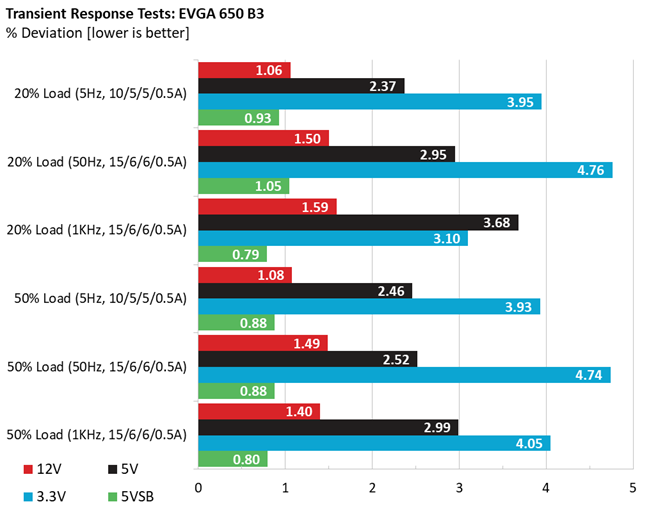

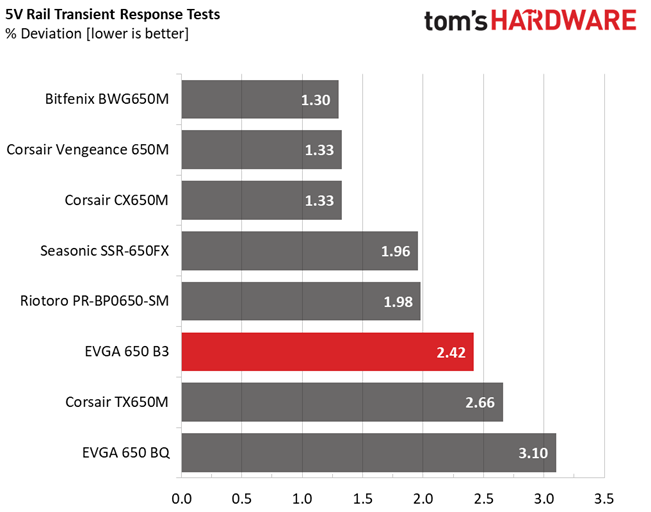


The +12V and 5VSB rails' transient response was good, and merely satisfactory at 5V. We would like to see lower voltage drops on the 3.3V rail, though.
Get Tom's Hardware's best news and in-depth reviews, straight to your inbox.
Here are the oscilloscope screenshots we took during Advanced Transient Response Testing:
Transient Response At 20 Percent Load – 200ms

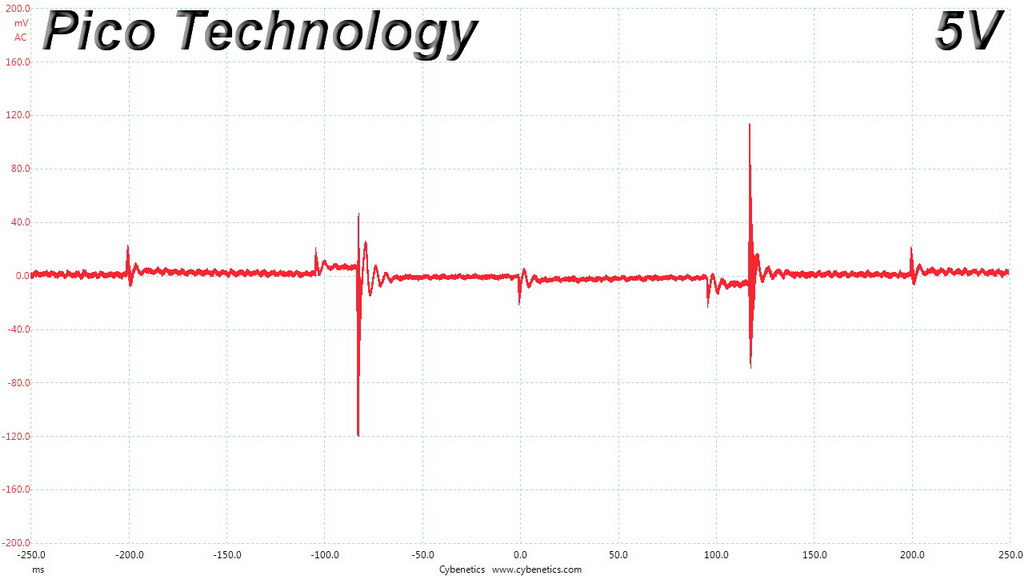
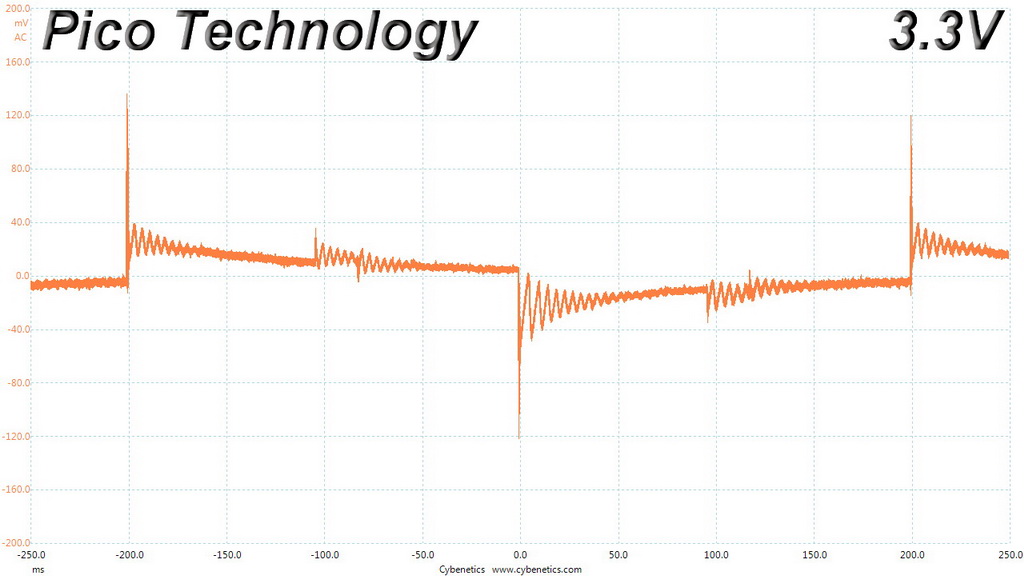
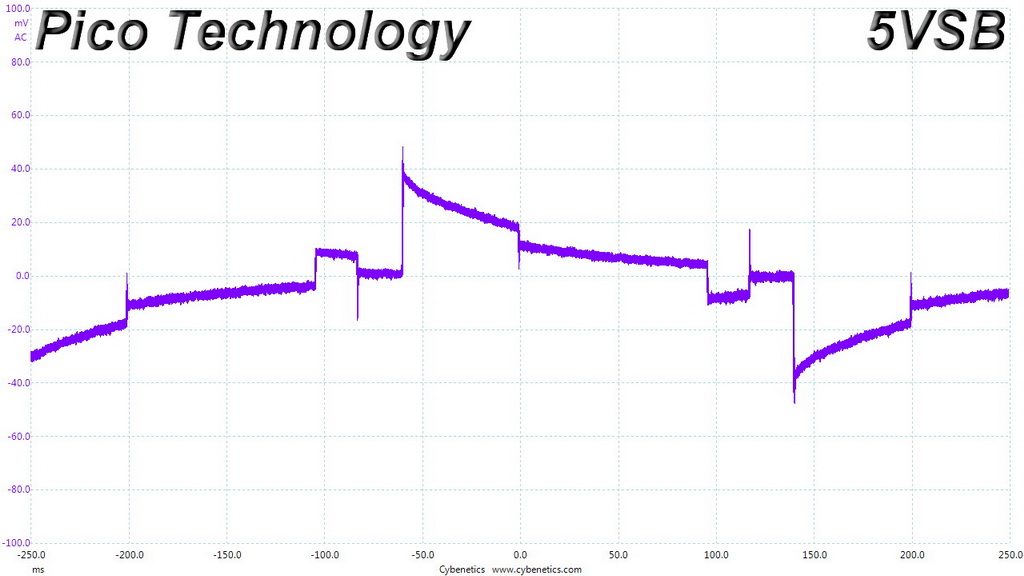
Transient Response At 20 Percent Load – 20ms


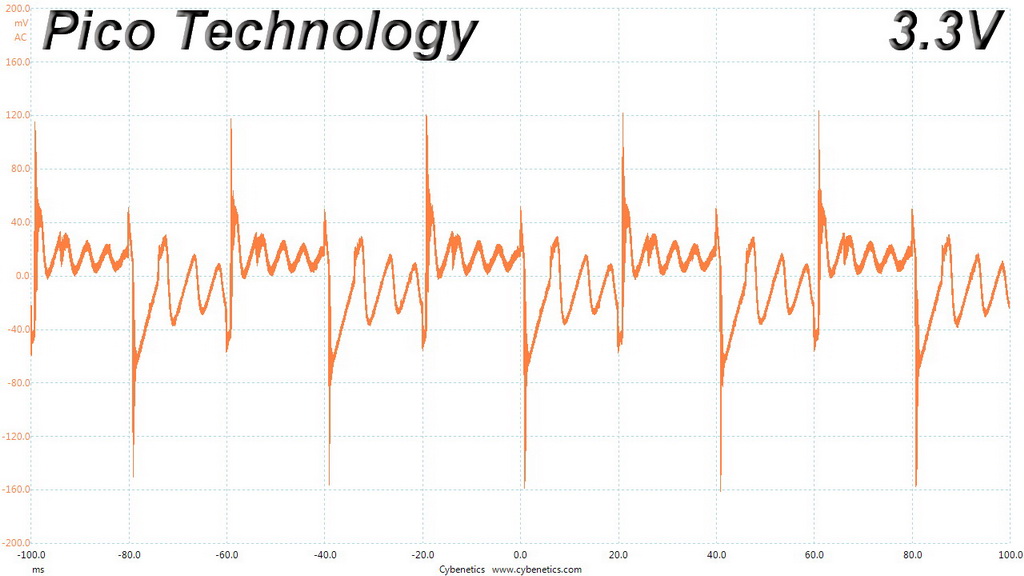

Transient Response At 20 Percent Load – 1ms
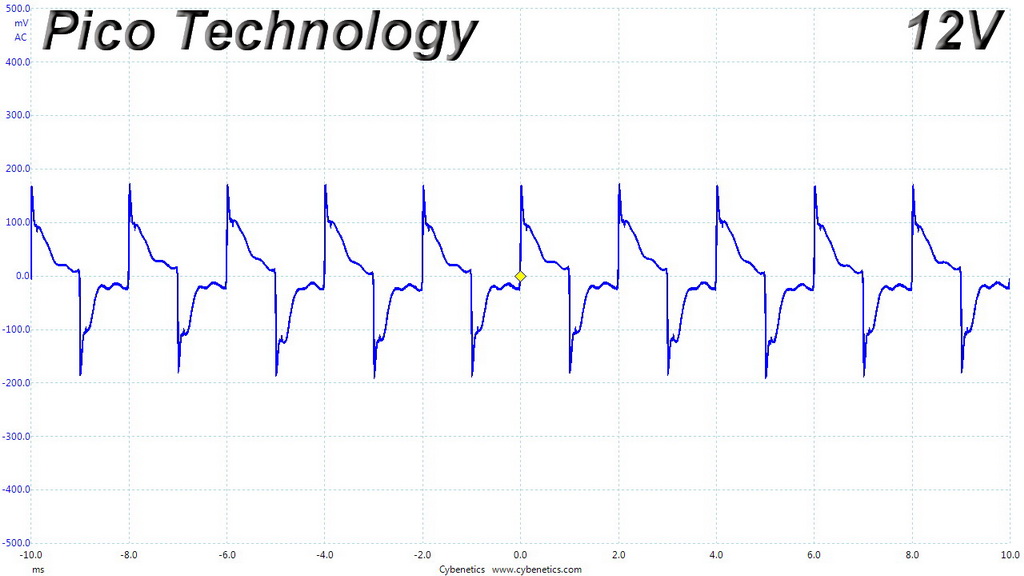
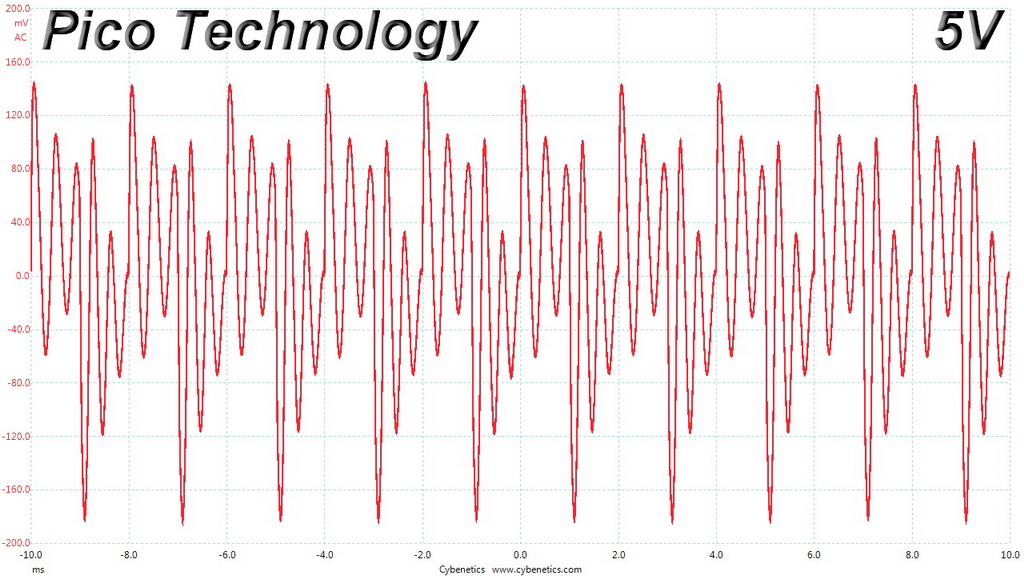


Transient Response At 50 Percent Load – 200ms
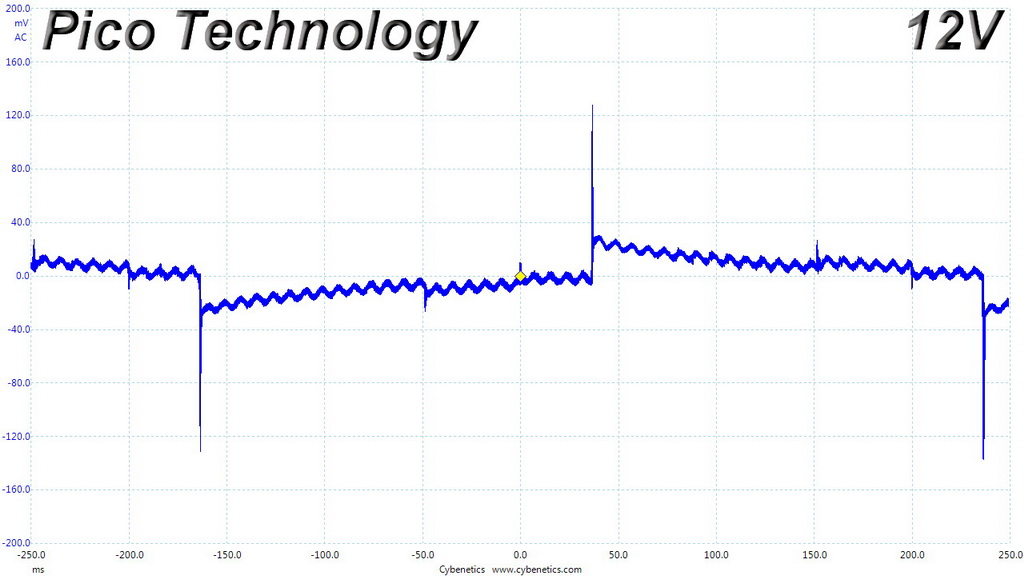
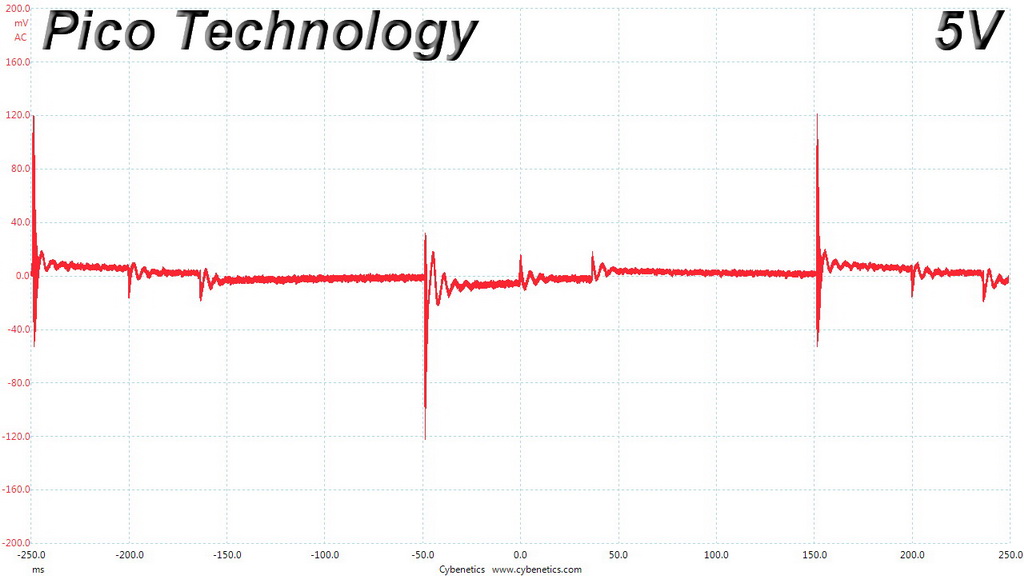
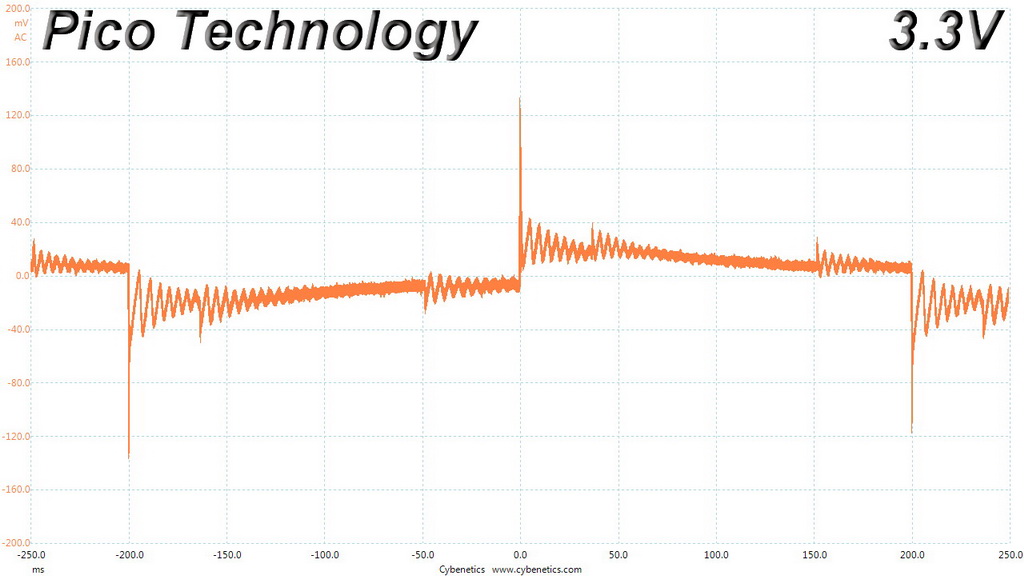

Transient Response At 50 Percent Load – 20ms
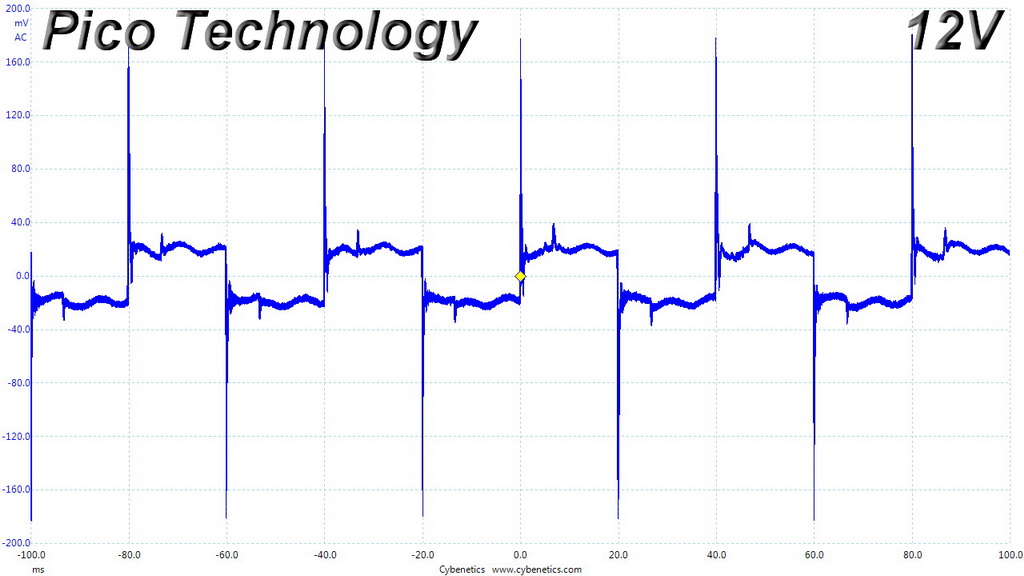


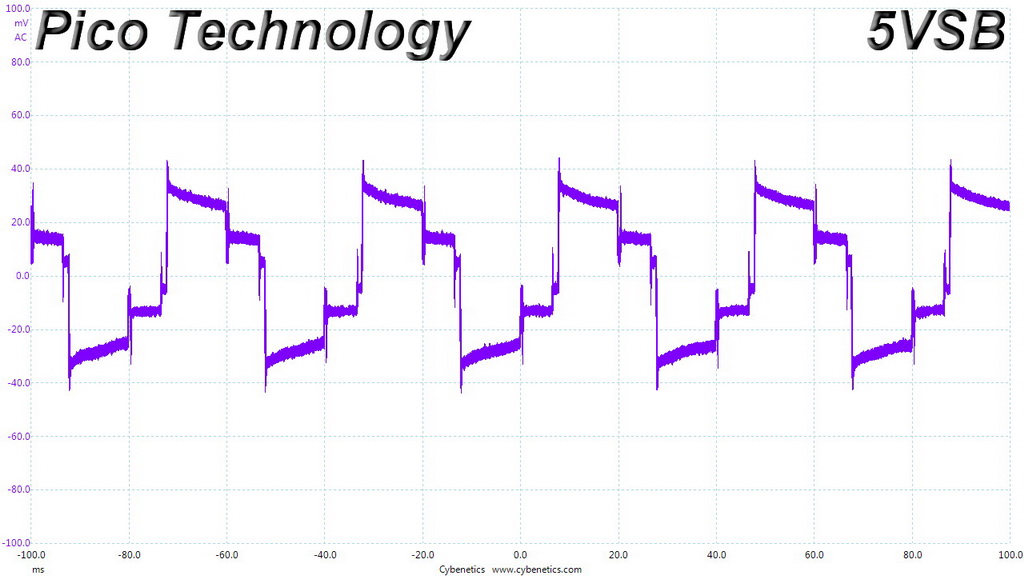
Transient Response At 50 Percent Load – 1ms
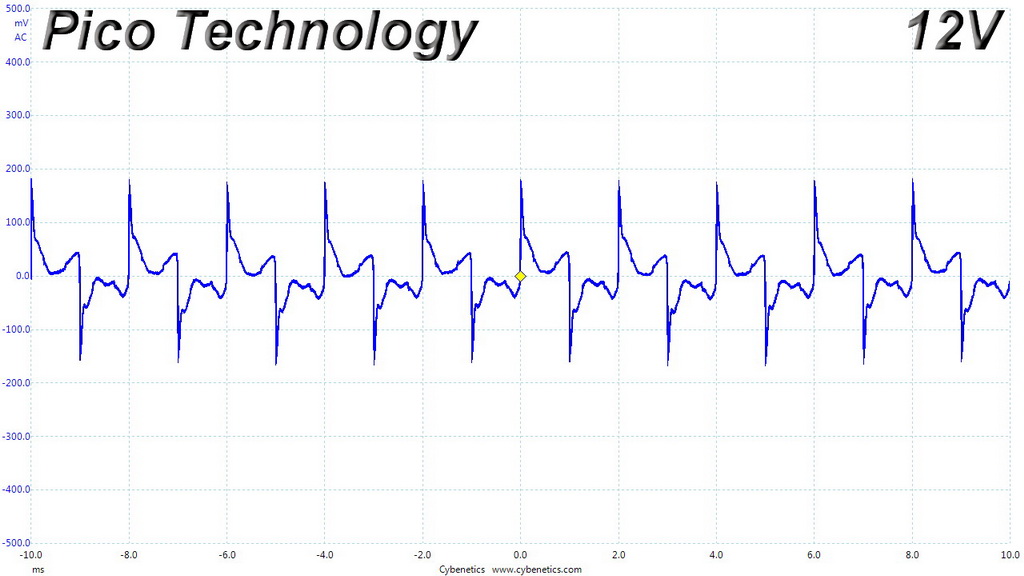
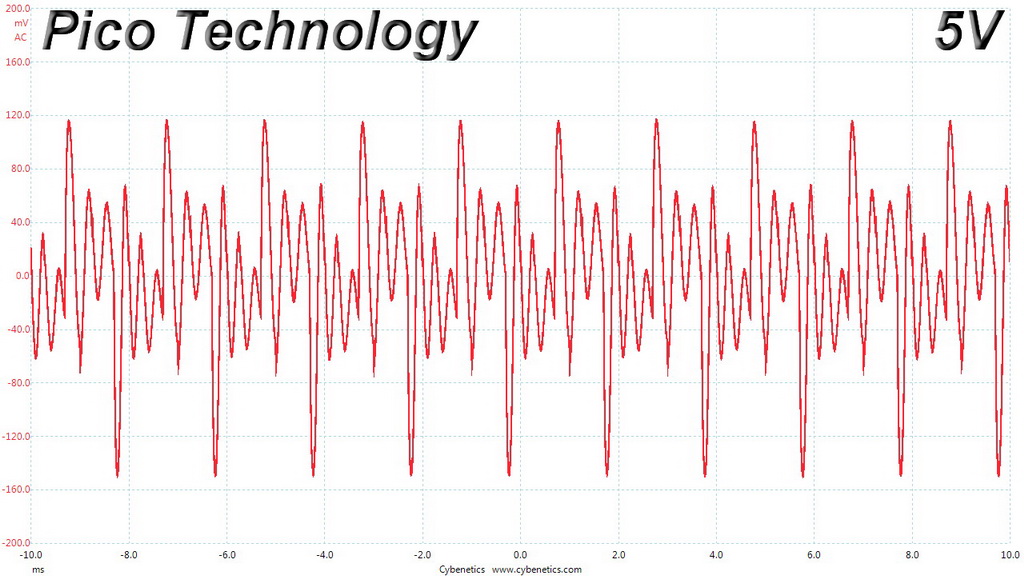
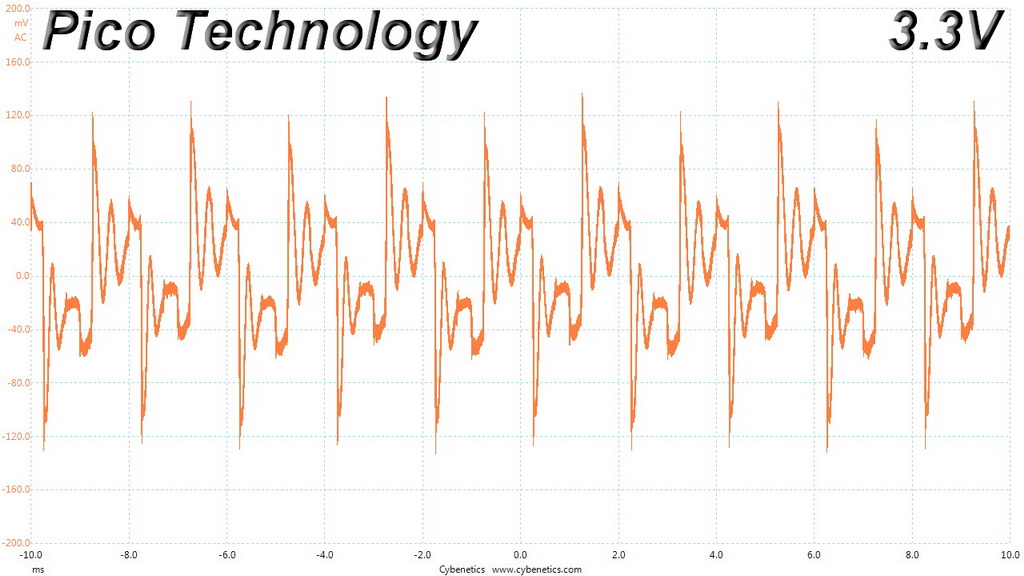

Turn-On Transient Tests
In the next set of tests, we measured the 650 B3’s response in simpler transient load scenarios—during its power-on phase.
For our first measurement, we turned the PSU off, dialed in the maximum current the 5VSB rail could output, and switched the PSU back on. In the second test, we dialed the maximum load the +12V rail could handle and started the 650W supply while it was in standby mode. In the last test, while the PSU was completely switched off (we cut off the power or switched the PSU off), we dialed the maximum load the +12V rail could handle before switching it back on from the loader and restoring power. The ATX specification states that recorded spikes on all rails should not exceed 10 percent of their nominal values (+10 percent for 12V is 13.2V, and 5.5 V for 5V).
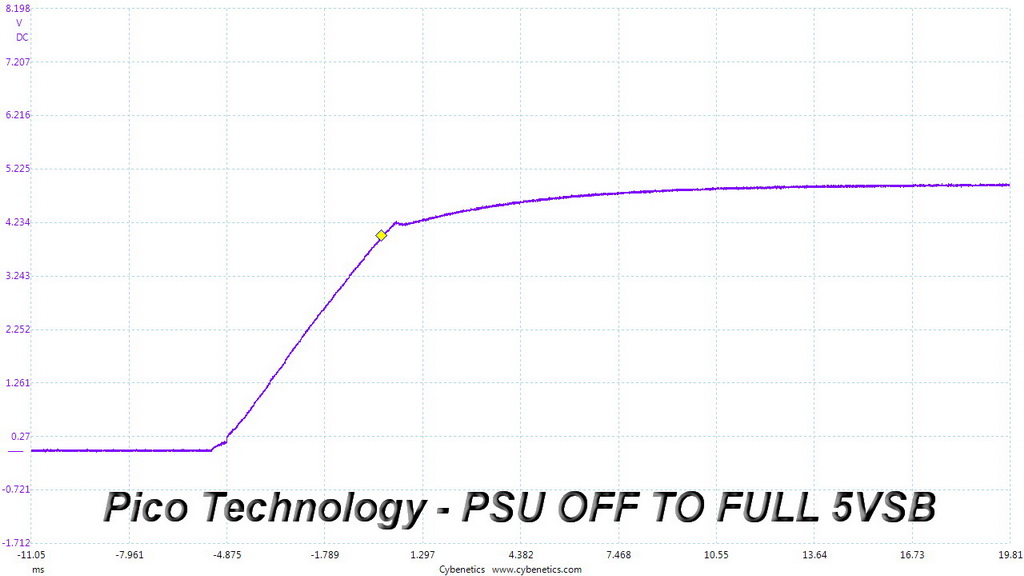


All three slopes were smooth, with no notable voltage overshoots or spikes.
MORE: Best Power Supplies
MORE: How We Test Power Supplies
MORE: All Power Supply Content
Current page: Transient Response Tests
Prev Page Cross-Load Tests & Infrared Images Next Page Ripple Measurements
Aris Mpitziopoulos is a contributing editor at Tom's Hardware, covering PSUs.
-
logainofhades Definitely priced too high, when you can get a G3 650 for a similar cost.Reply
PCPartPicker part list / Price breakdown by merchant
Power Supply: EVGA - SuperNOVA G3 650W 80+ Gold Certified Fully-Modular ATX Power Supply ($69.99 @ Amazon)
Total: $69.99
Prices include shipping, taxes, and discounts when availableGenerated by PCPartPicker 2018-07-16 09:21 EDT-0400 -
redgarl Phhh, EVGA doesn't equal quality. My Supernova B3 blew up with my EVGA 1080 FTW because my 1080 FTW was defective and my other power supply prevented this whole fiasco.Reply
EVGA, never again, overated like Corsair! -
docswag Reply
G3 has similar issues to the B3 based off of Tom's reviews. I'd personally stay away from them.21146687 said:The B3 have known issues. The G2 and G3 are solid though.